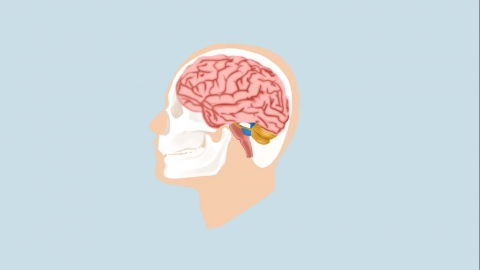Can cerebral vascular occlusion be cured?
Generally, cerebral vascular occlusion is a serious condition caused by the obstruction of blood flow within the brain's blood vessels, leading to oxygen and blood deficiency in brain tissues, which can result in brain cell death. Whether cerebral vascular occlusion can be cured mainly depends on the severity of the blockage, the timing of treatment, and the patient's baseline health status. It is recommended to seek timely medical attention, identify the underlying cause, and undergo symptomatic treatment under a doctor's guidance. A detailed analysis is as follows:

If patients seek medical attention promptly during the early stages of the disease and receive acute-phase treatments such as thrombolytic therapy or mechanical thrombectomy, the blood clot can be effectively removed, restoring blood supply to the brain. For some patients, especially those with smaller infarct areas and less critical locations, complete recovery without significant sequelae may be possible after appropriate treatment and rehabilitation training.
If the cerebral vascular occlusion is severe and has already caused extensive brain tissue damage, the treatment becomes more challenging. In such cases, even with aggressive treatment, patients may experience severe aftereffects, such as hemiplegia or aphasia.
To prevent disease progression or recurrence, it is recommended that diagnosis, treatment, and rehabilitation management be conducted under the guidance of a professional physician.








